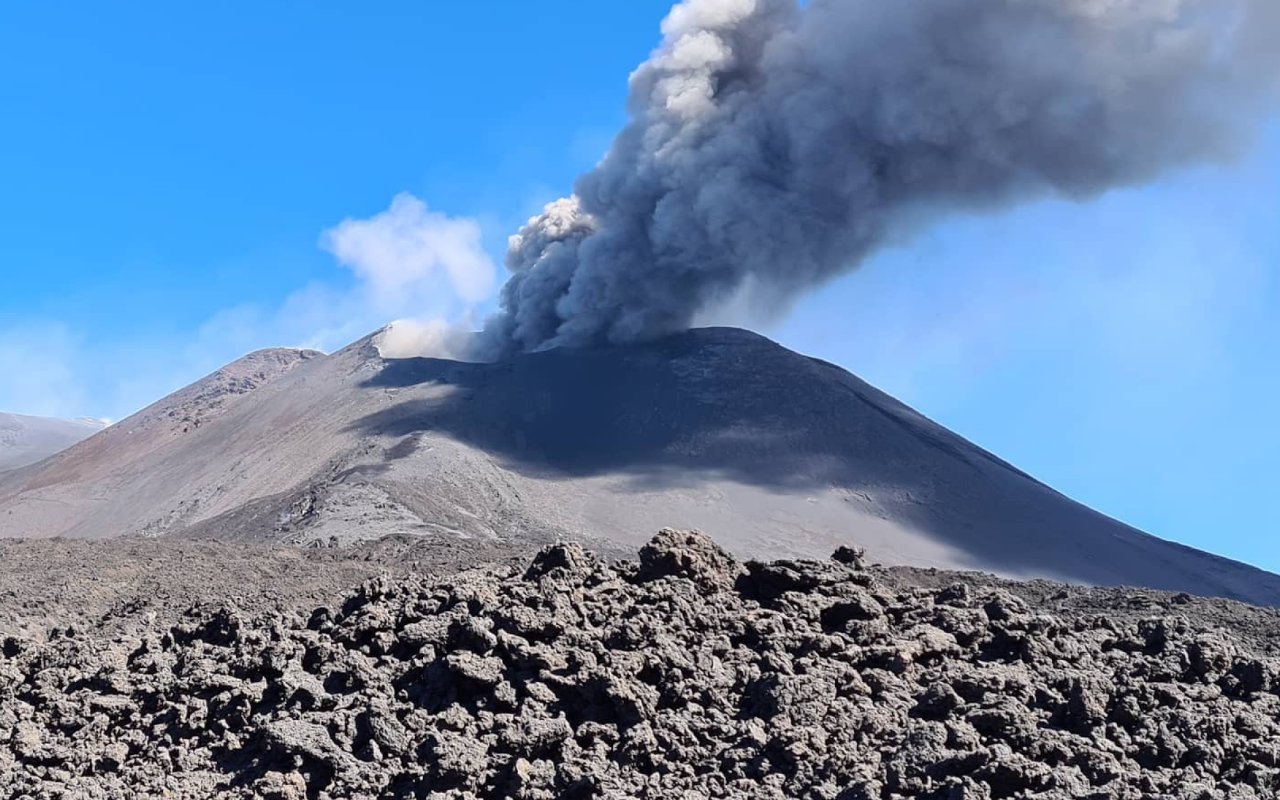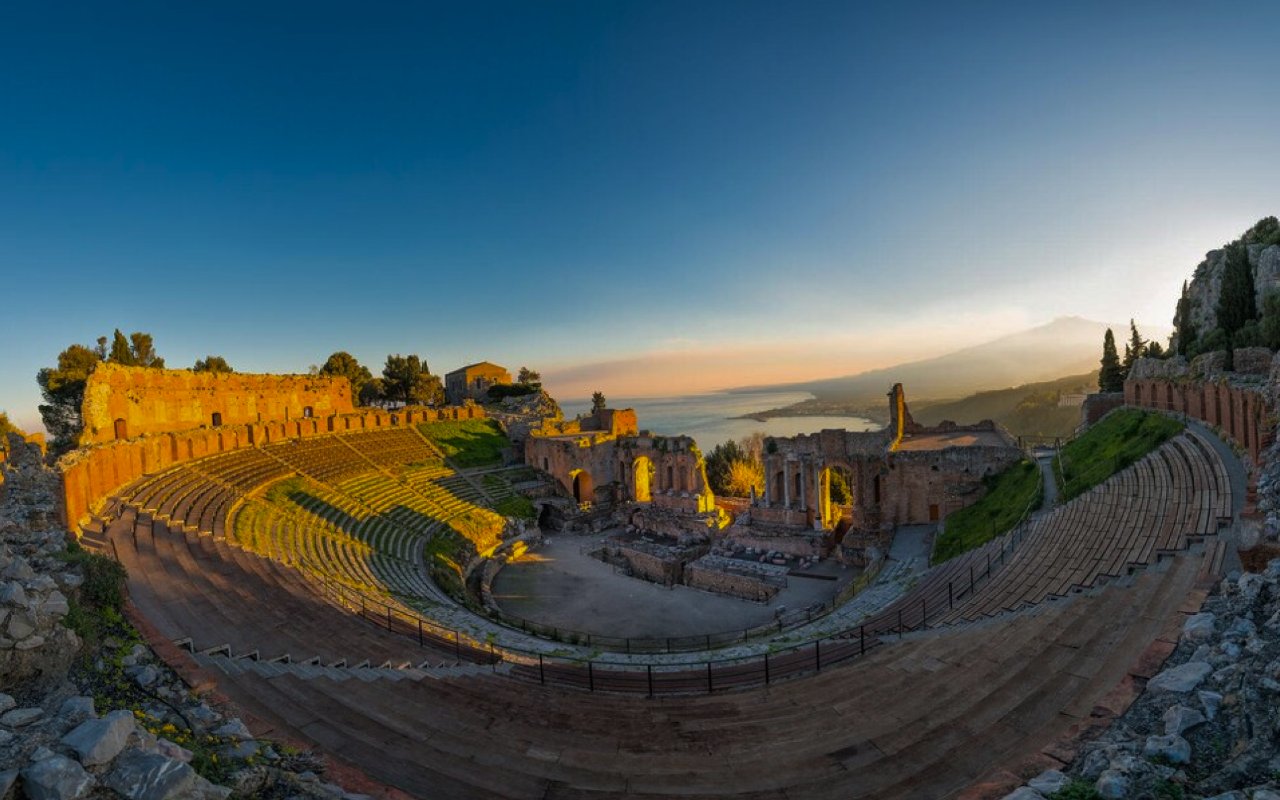Article written by Francesca Mancuso and taken from the GreeMe website.
Bees are threatened almost everywhere by pesticides, from the US to Europe, but there is one species that has resisted more than others and has become virtually immune to climate change and the damage inflicted by man to the environment. It is not an exotic species, but is found precisely in Italy, precisely in Sicily: it is the Sicilian black bee (Sicilian Apis mellifera).
The Sicilian black bee is the breed that colonized the western part of the island. This small and industrious creature, with a very dark abdomen and yellowish hair, enjoys greater resistance and can survive climate change. Unlike many of his peers, whose life is continually put at risk by the climate, sworn enemy of bees.
‘The climate, the use of GM products and tanning – explains Carlo Amodeo, Sicilian beekeeper, who has been working with the Sicilian black bee for about twenty years – are the main causes of bee mortality’. The Sicilian bee, on the other hand, was ‘saved’ at the end of the 1980s, precisely by Amodeo thanks to work carried out in the past by Pietro Genduso, a passionate and university lecturer.
Found some specimens at the end of the 1980s in some abandoned hives, the bee was almost extinct. Of distant African origins, it is particularly strong and resistant because in a certain sense it has remained as in the wild. And today it also knows how to survive unharmed without drug treatments. But not only. One of its peculiarities is that it does not block the brood during the winter and during the colder months it produces honey of medlar and almond trees, particularly rich in antioxidants.
Since its discovery, now 30 years ago, a specific study began on the black bee, which was carried on four islands: Ustica, Alicudi, Filicudi and Vulcano for reproduction in purity. ‘The bees mate in flight – explains Amodeo to the GdS – and the queen flies for miles. For this it was necessary to isolate them. Now there is a project of the Region to start the reproduction of our bee on dry land ”. The project was carried out thanks to the support of Slow Food. The Sicilian black bee is in fact a Slow Food predisposition.
The expert explains that it was man’s heavy hand that made bees fragile. In fact they would have existed for millions of years, already since the era of the dinosaurs. They therefore resisted glaciations but also at warm temperatures. The safe black bee is very docile, so that, according to Slow Food, masks are not needed in honey extraction, and it is very productive, even at high temperatures, above 40 ° when the other bees get stuck.
‘The Sicilian bee has a greater genetic variance than any other European honey bee subspecies, this is due to its African origins,’ explains Amodeo on its site. The black bees would also have ‘strong self-defense capacity, in twenty-five years of working with the Sicilian bee and with the Sicilian f1 it has never happened to me that a hive or a nucleus with a queen let themselves be looted’.
Overeose and tenacious, small but able to defend themselves from man.
Francesca Mancuso




